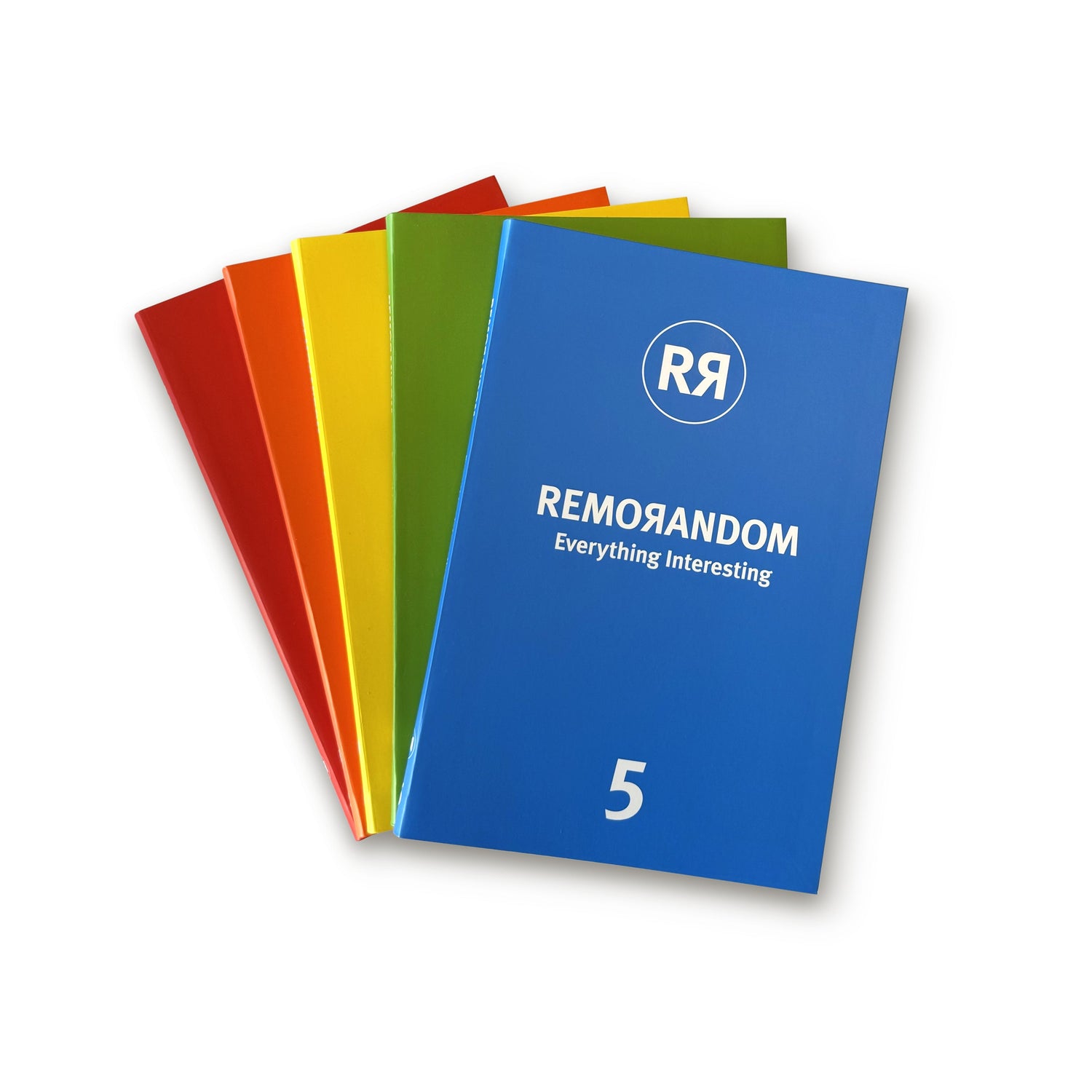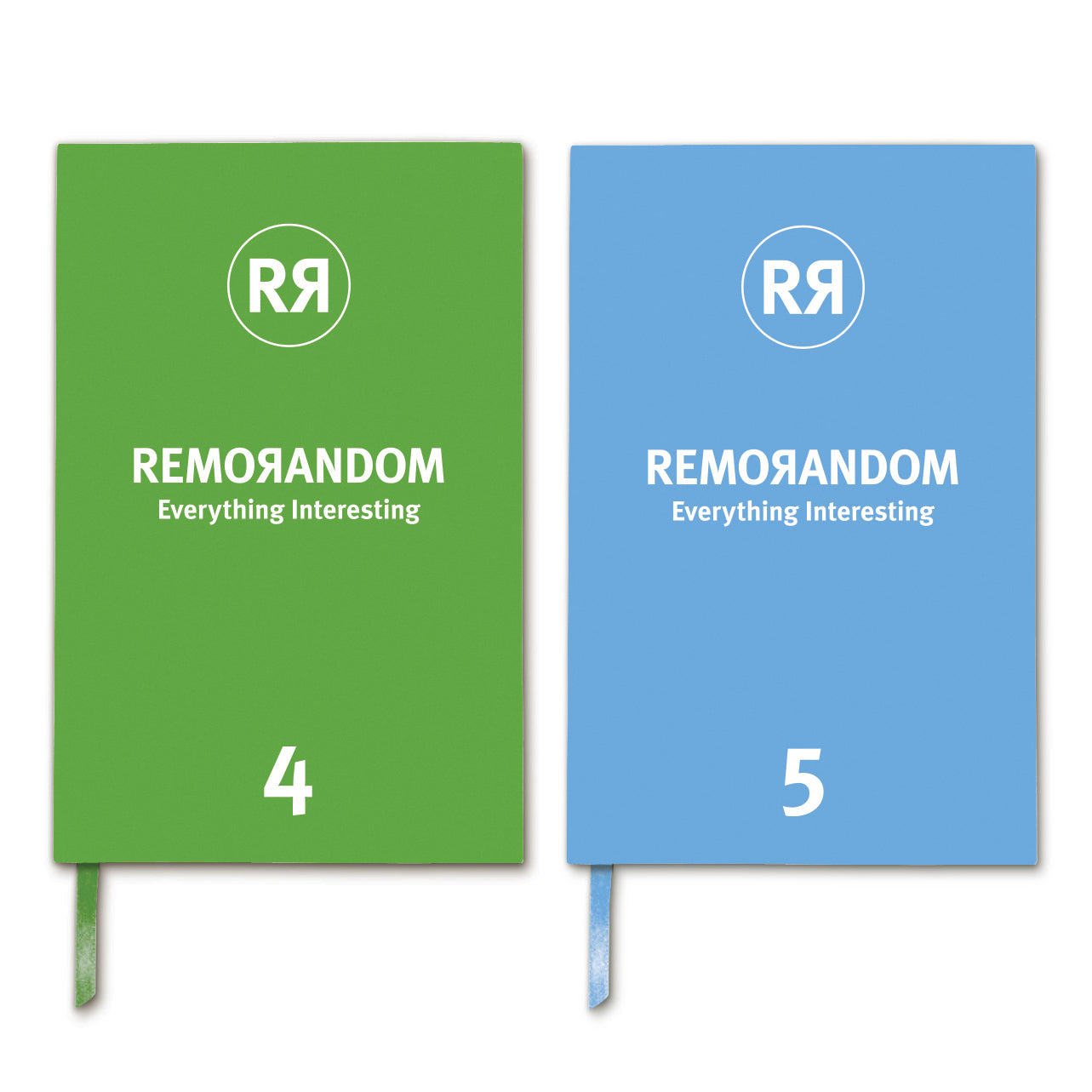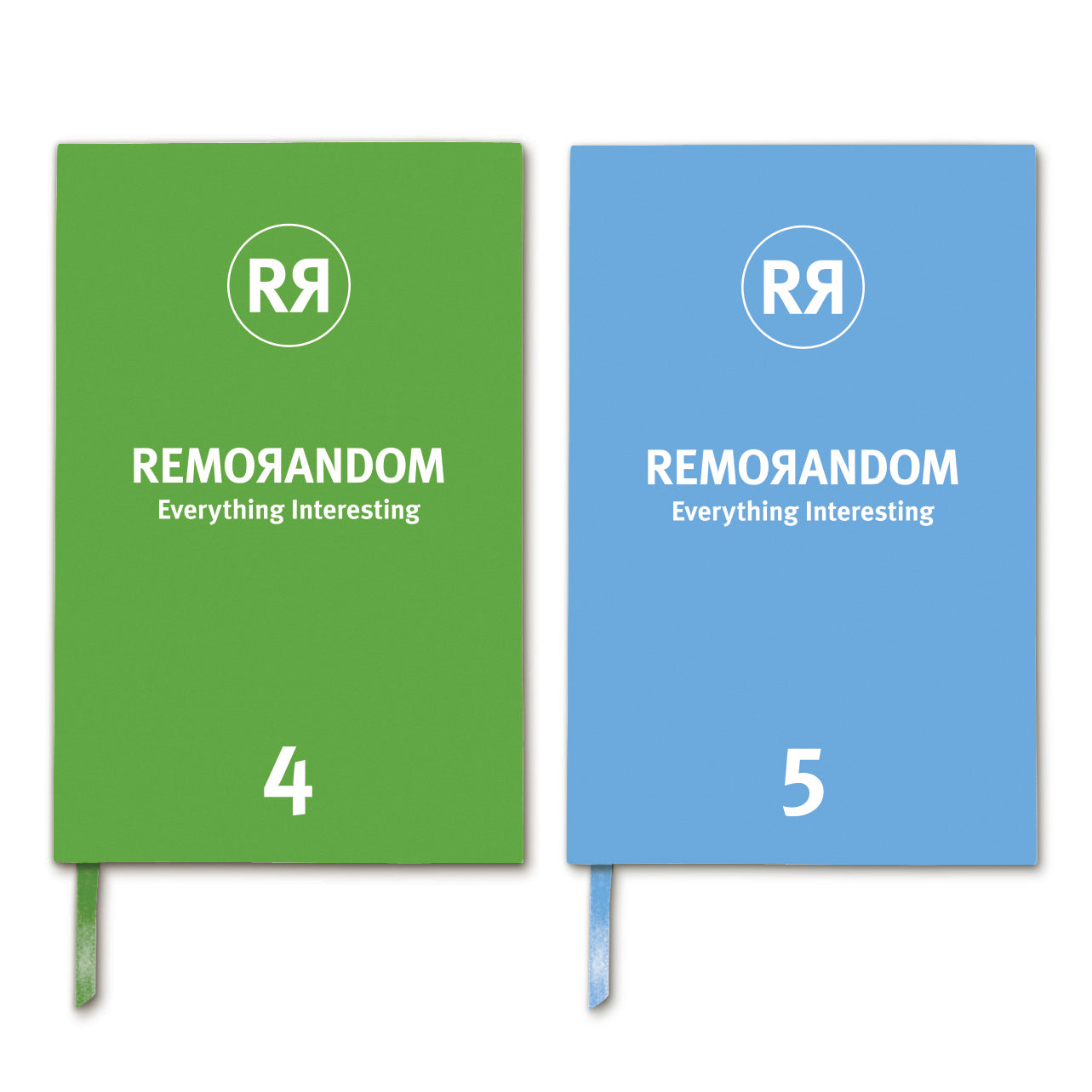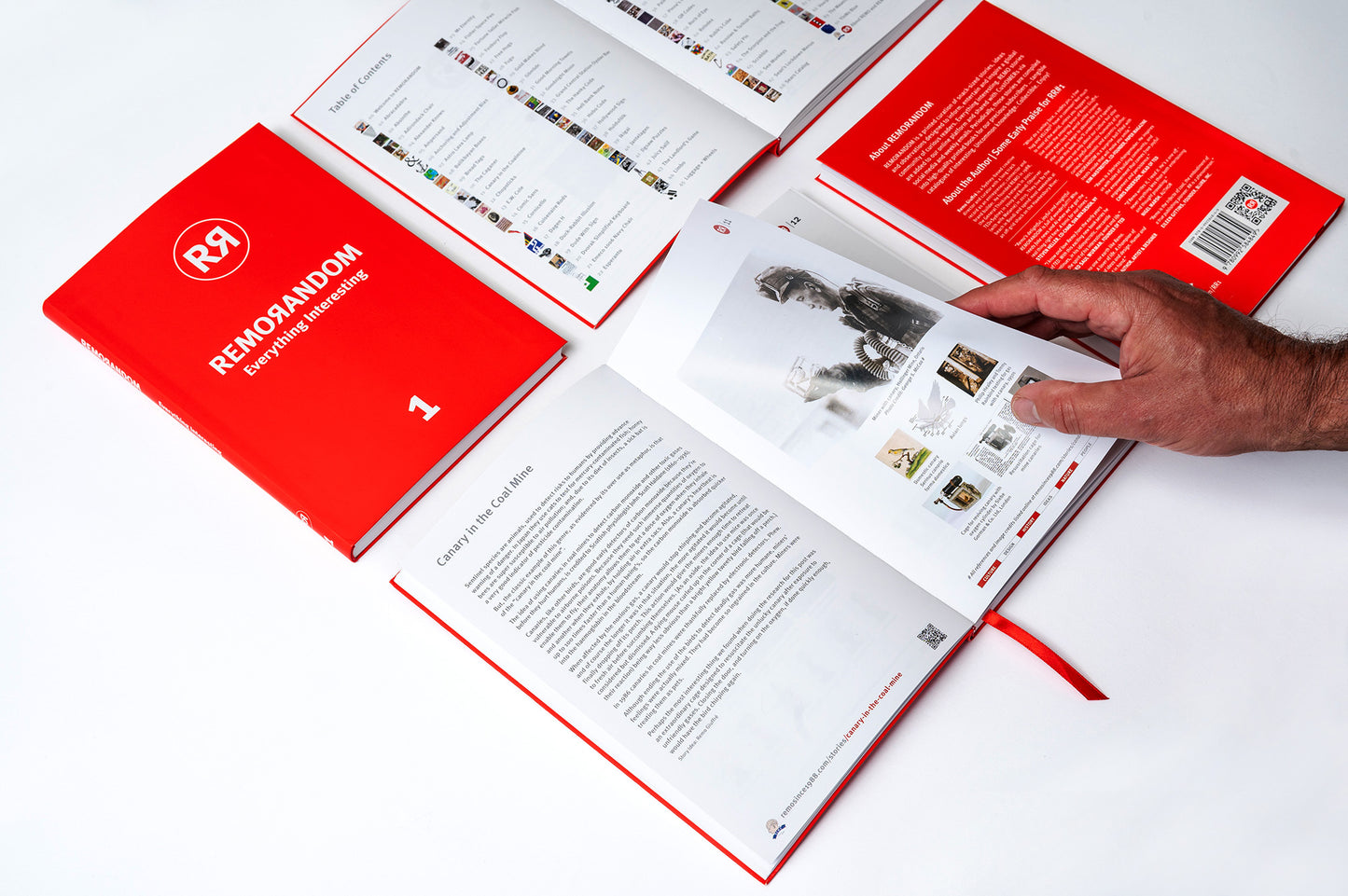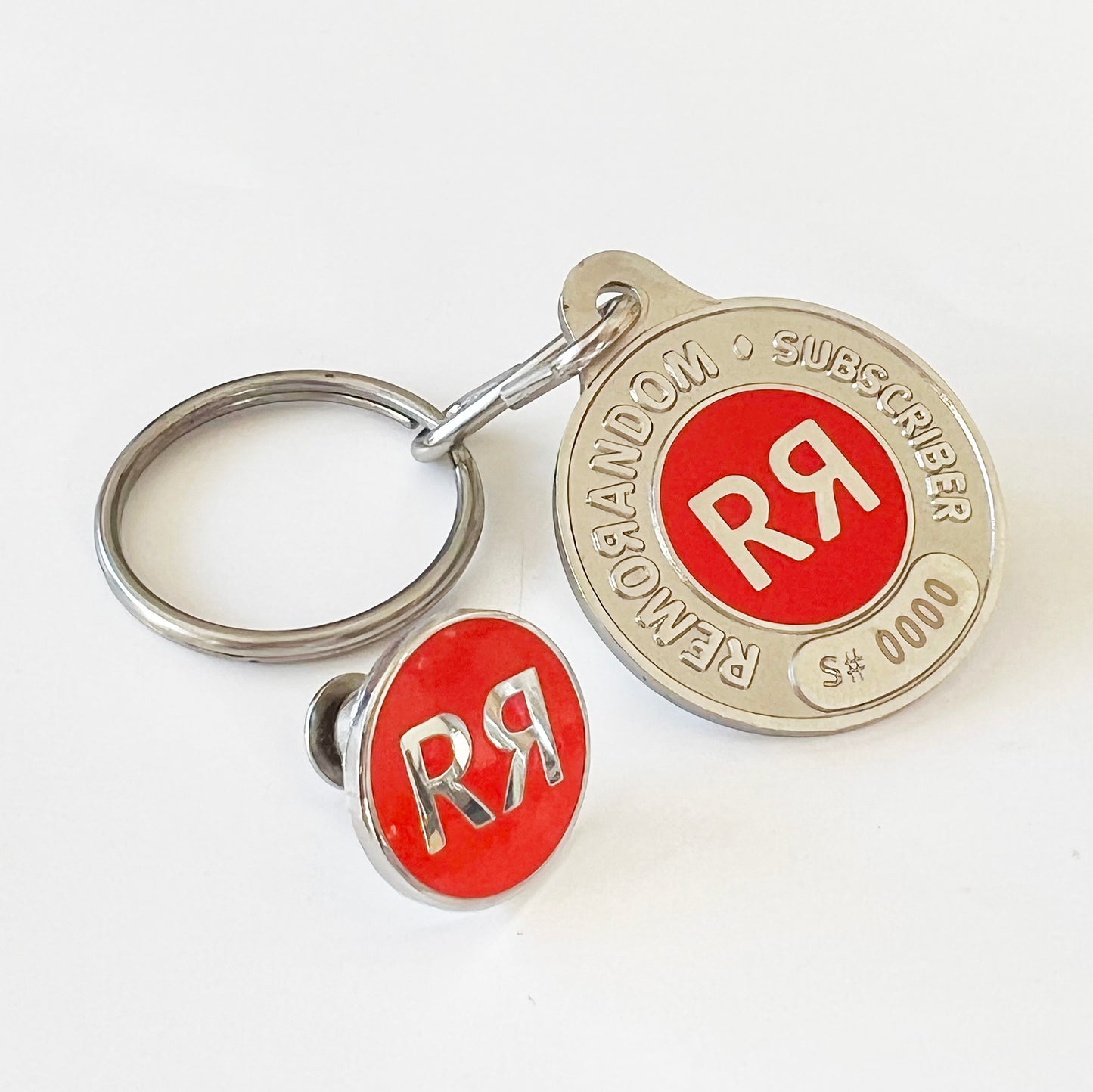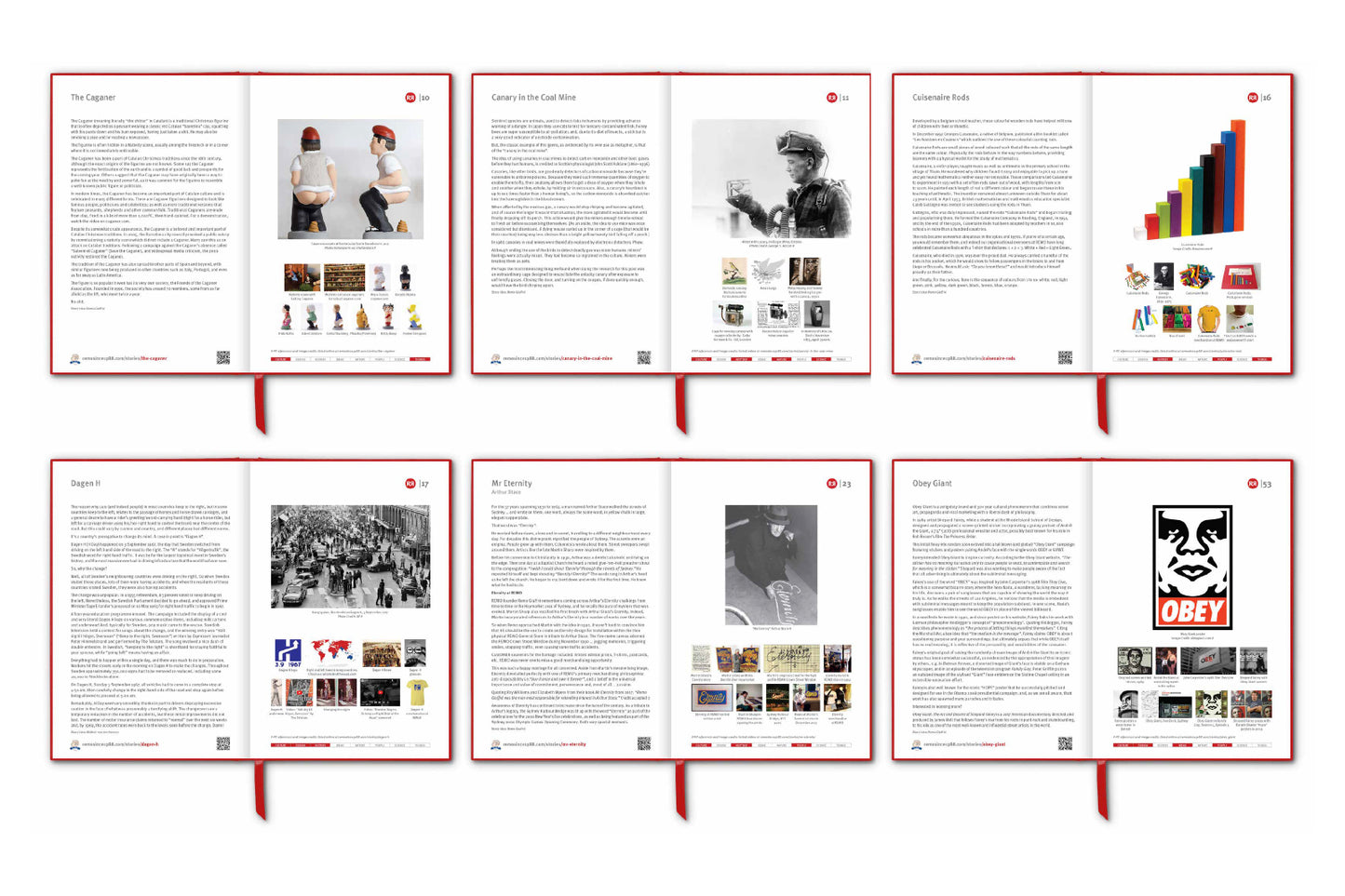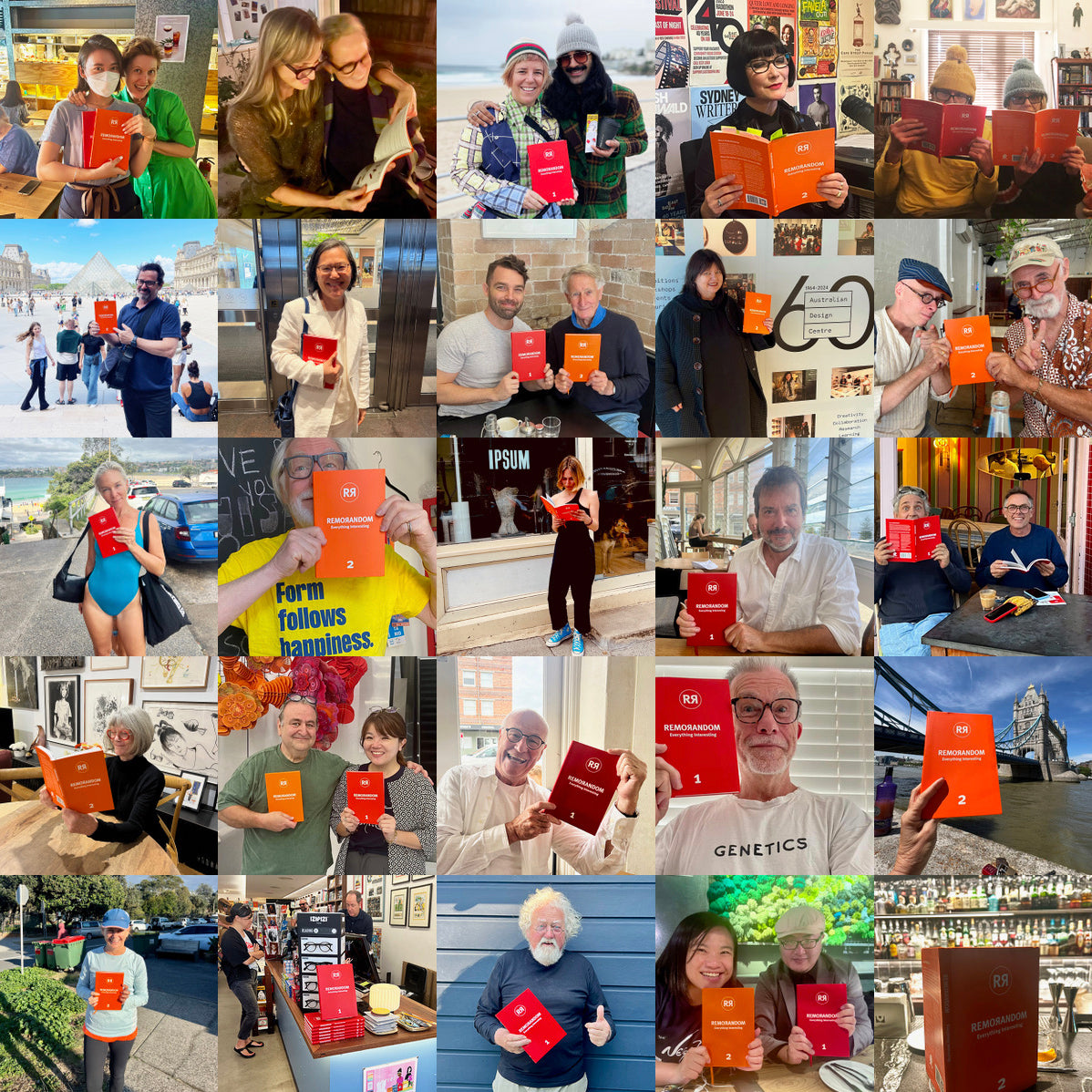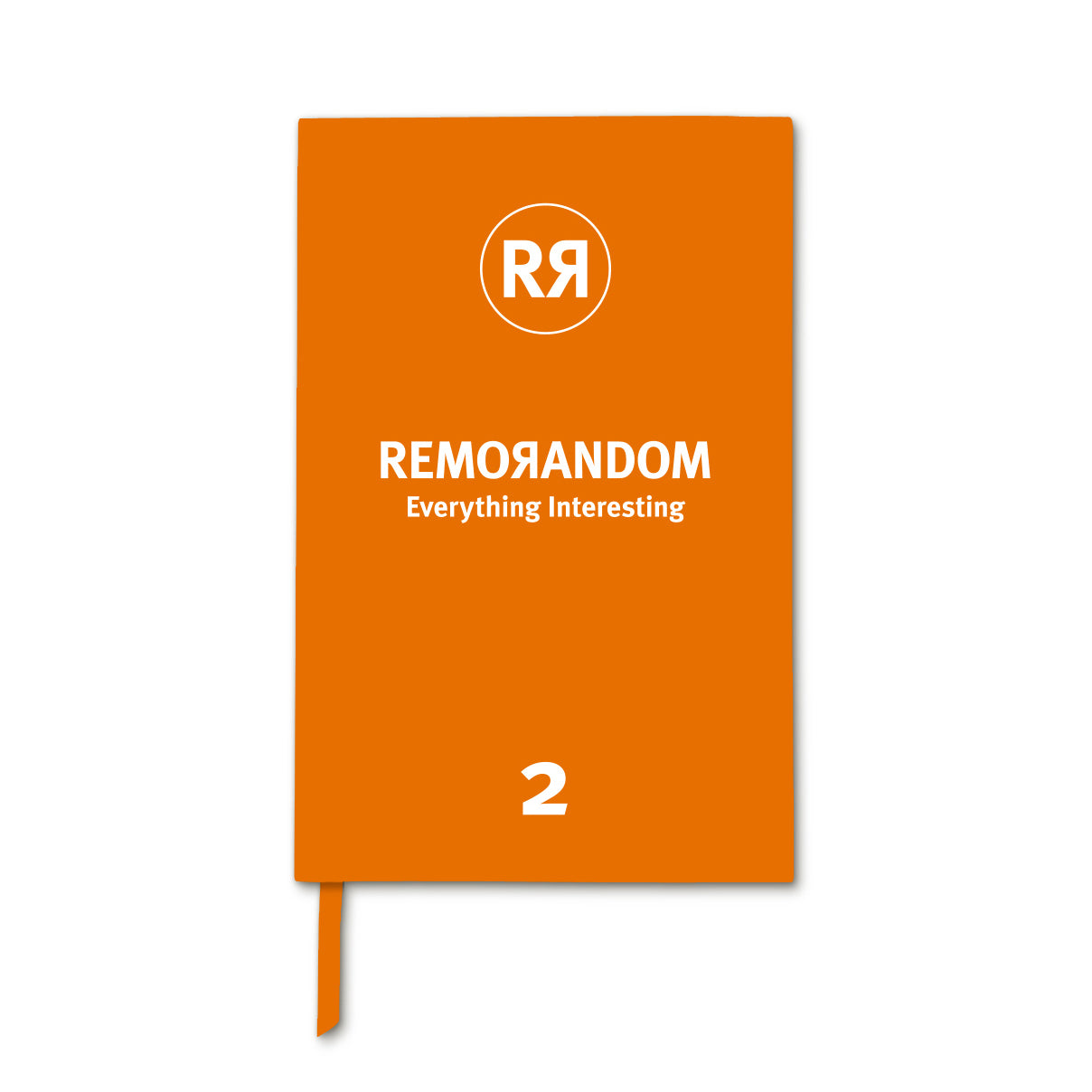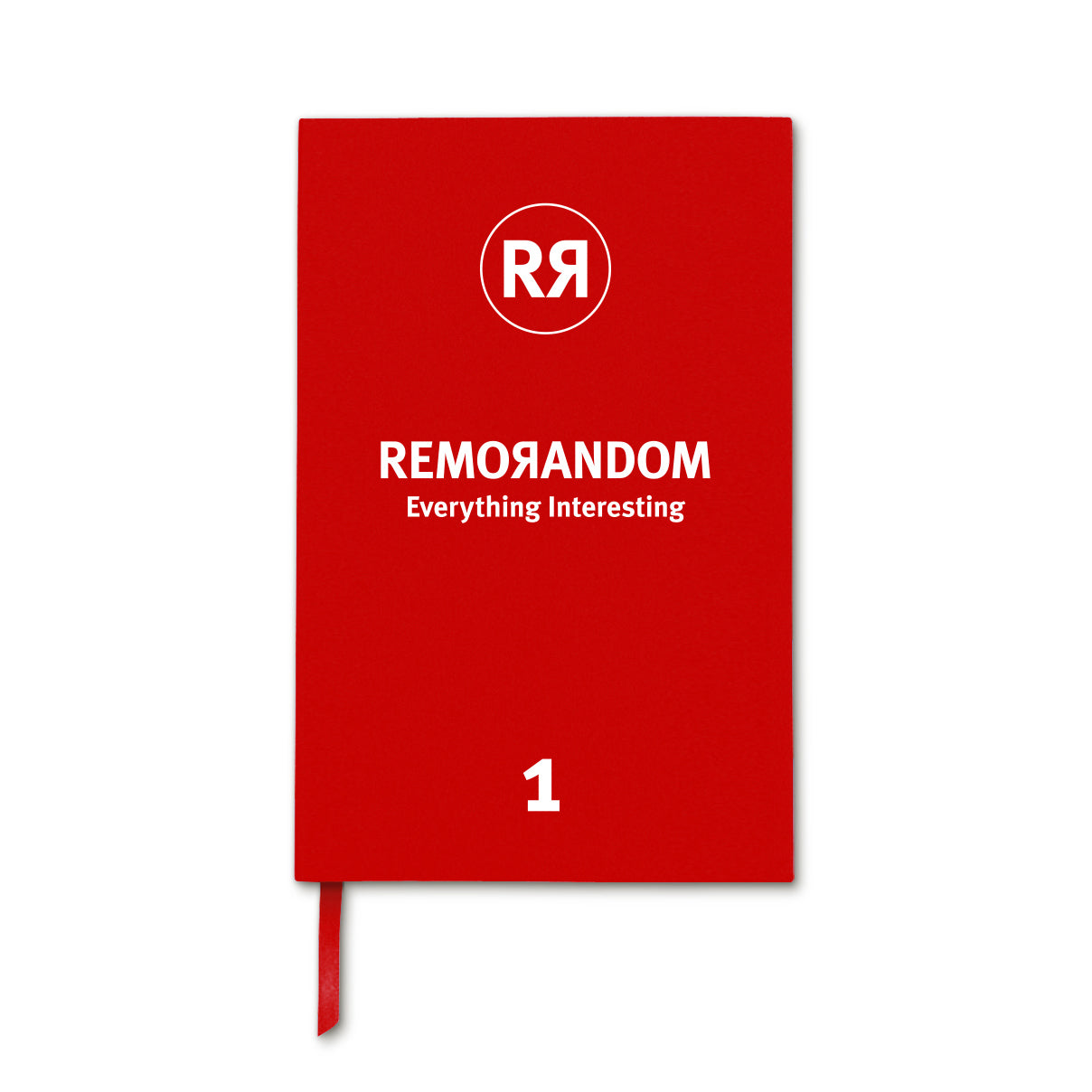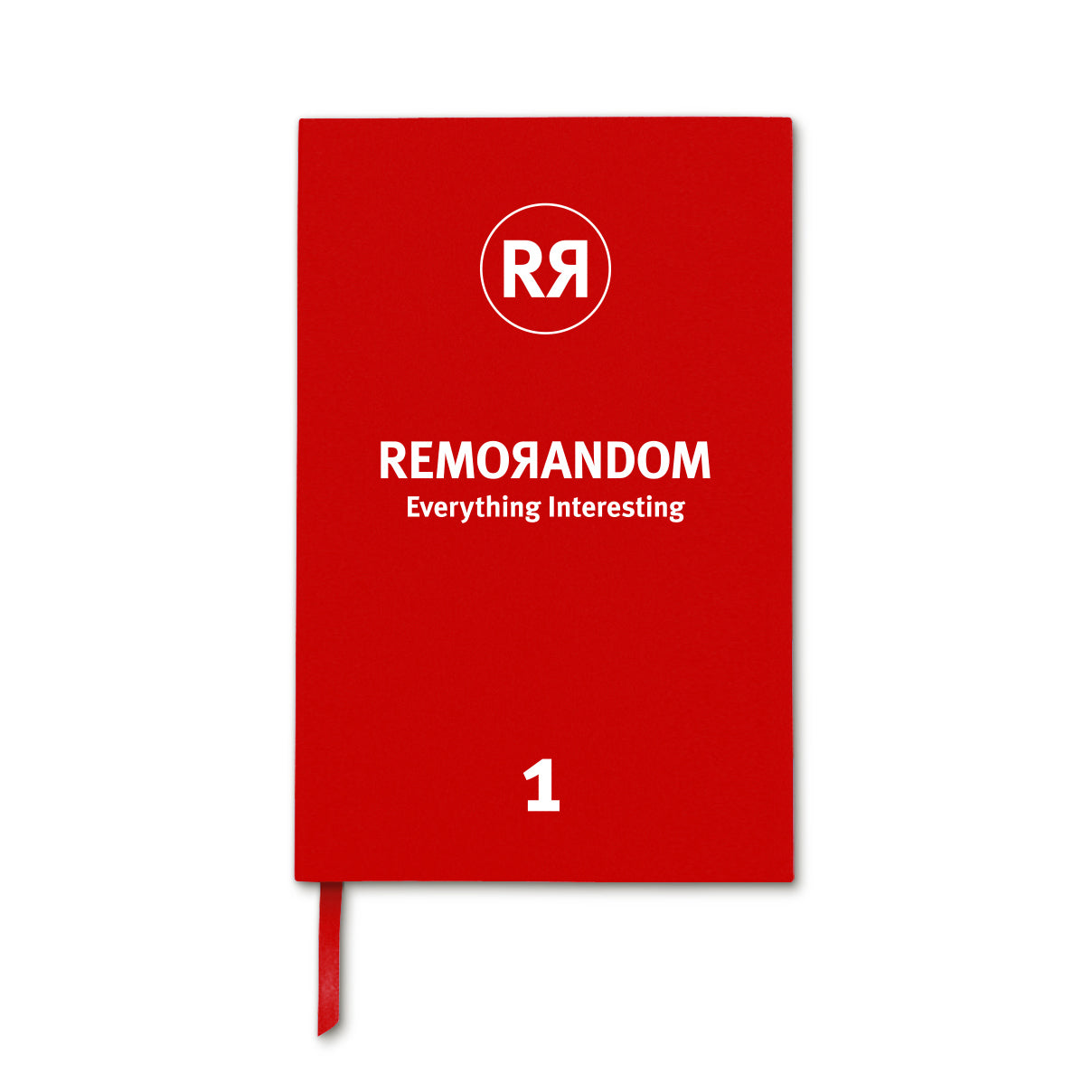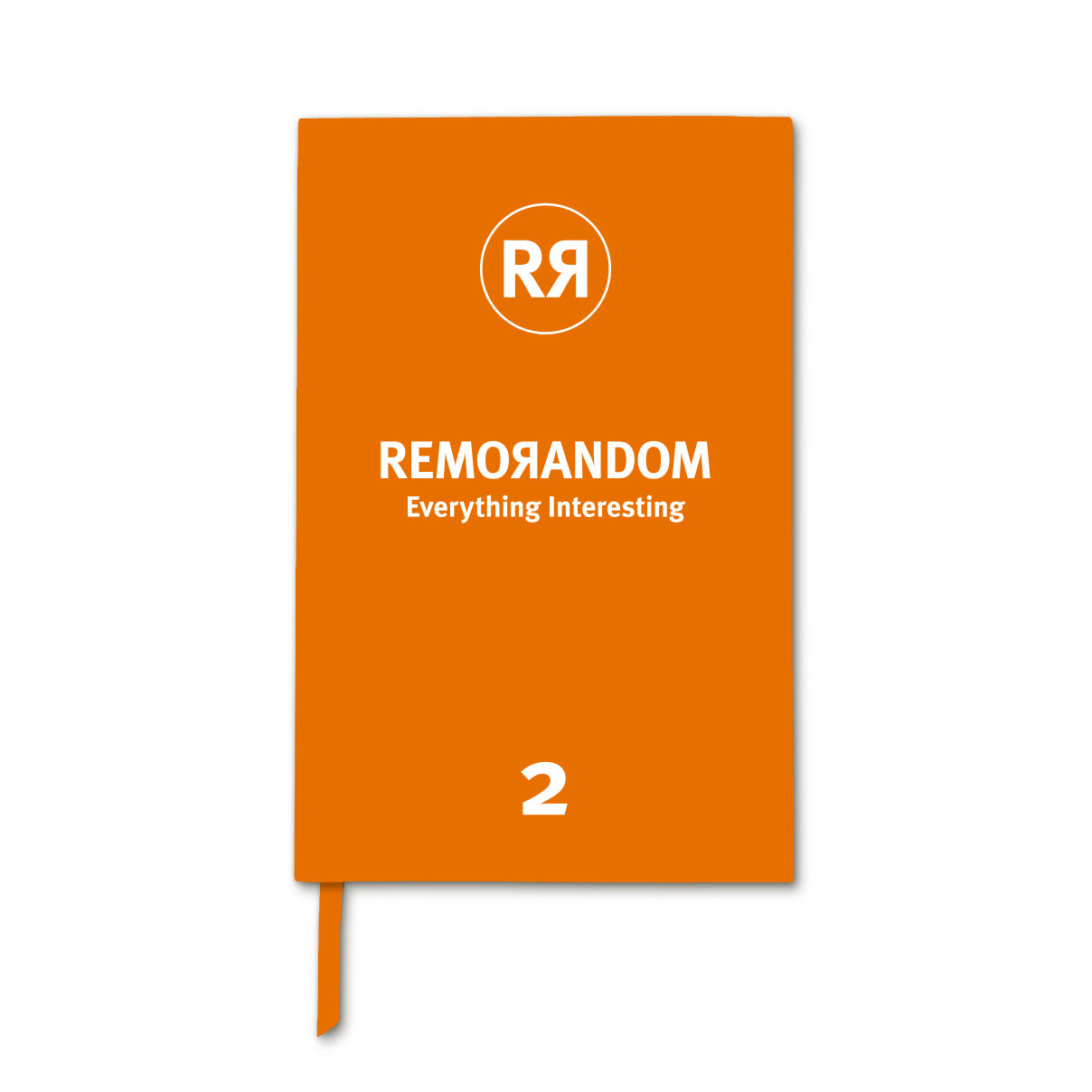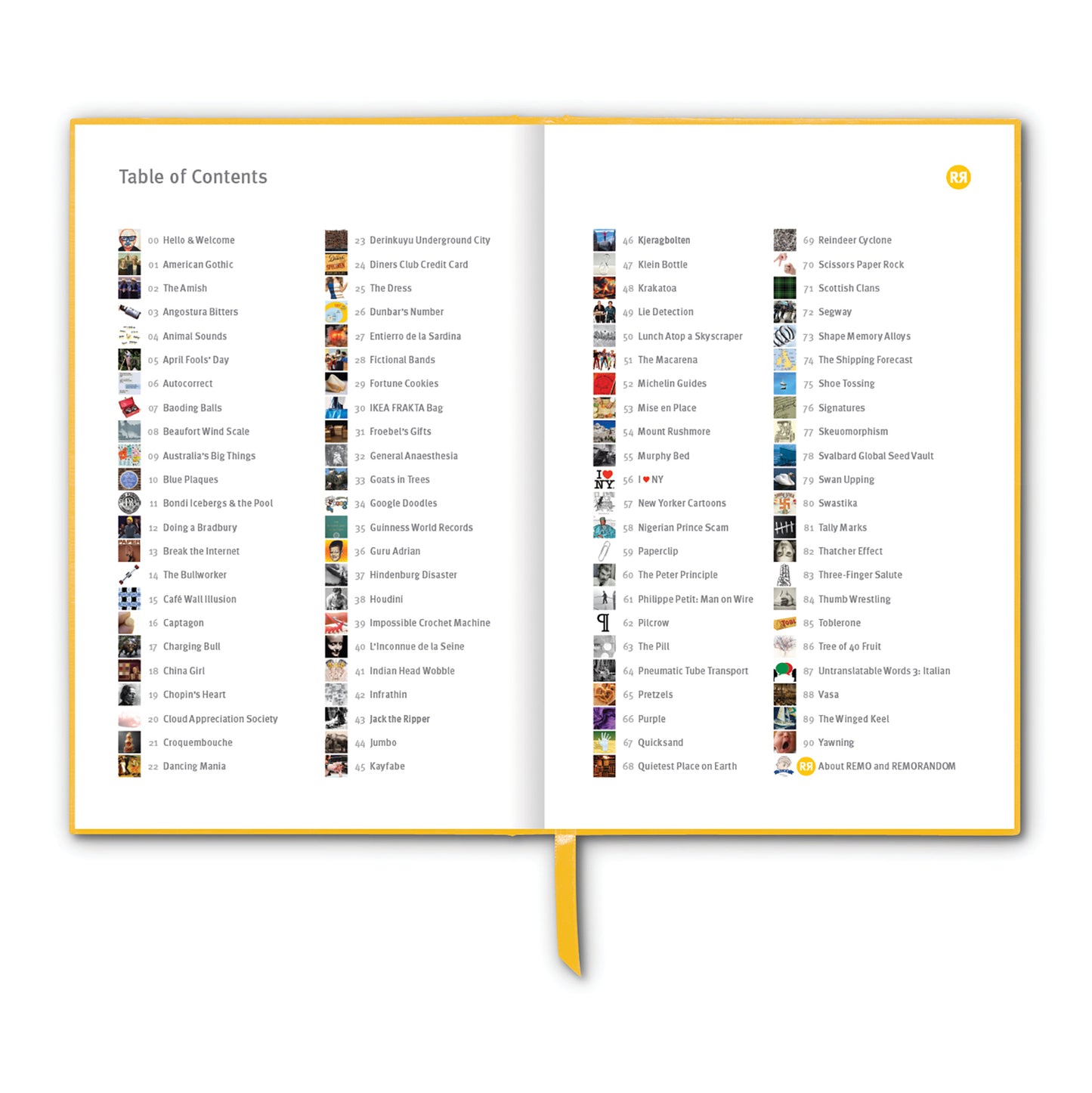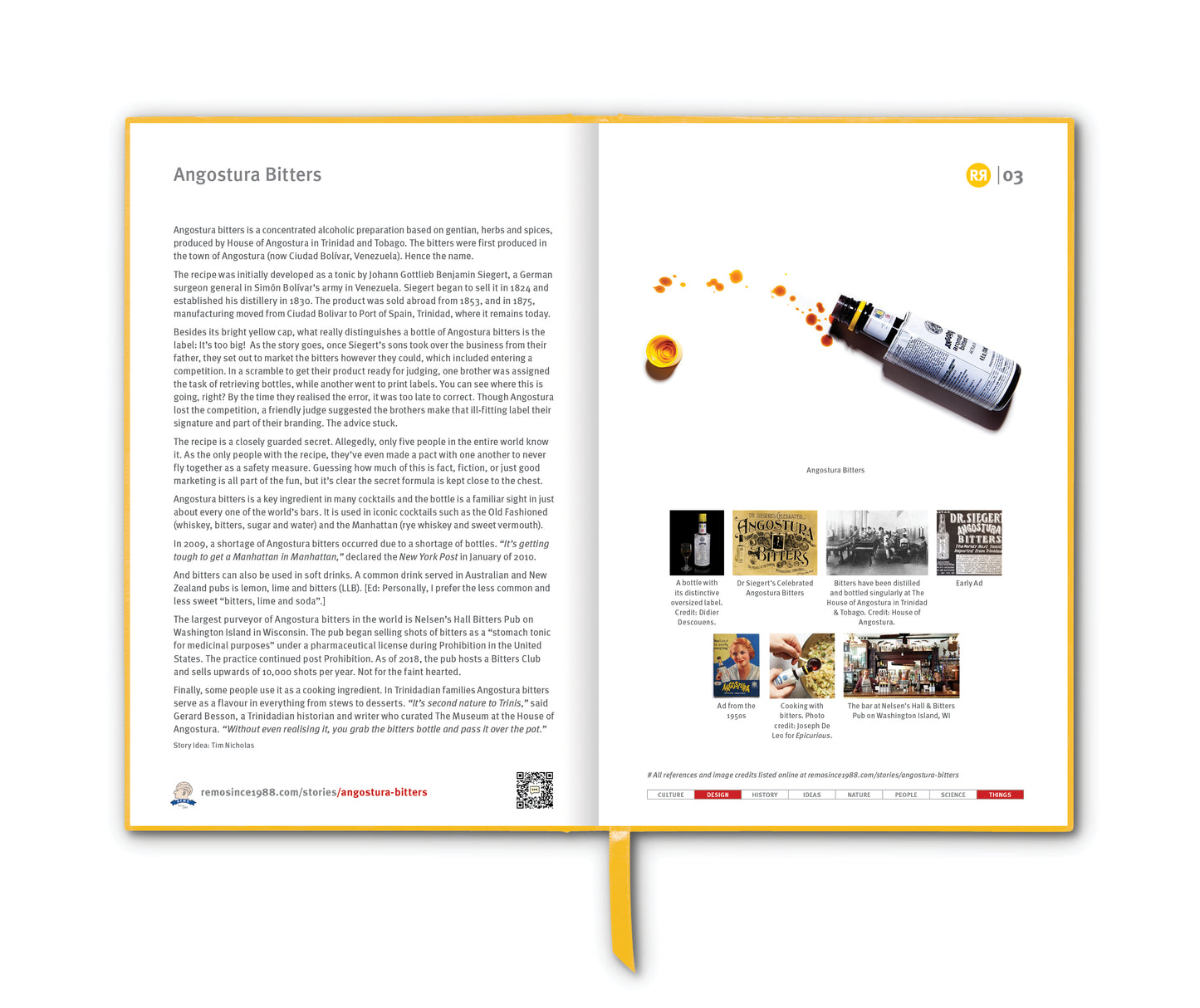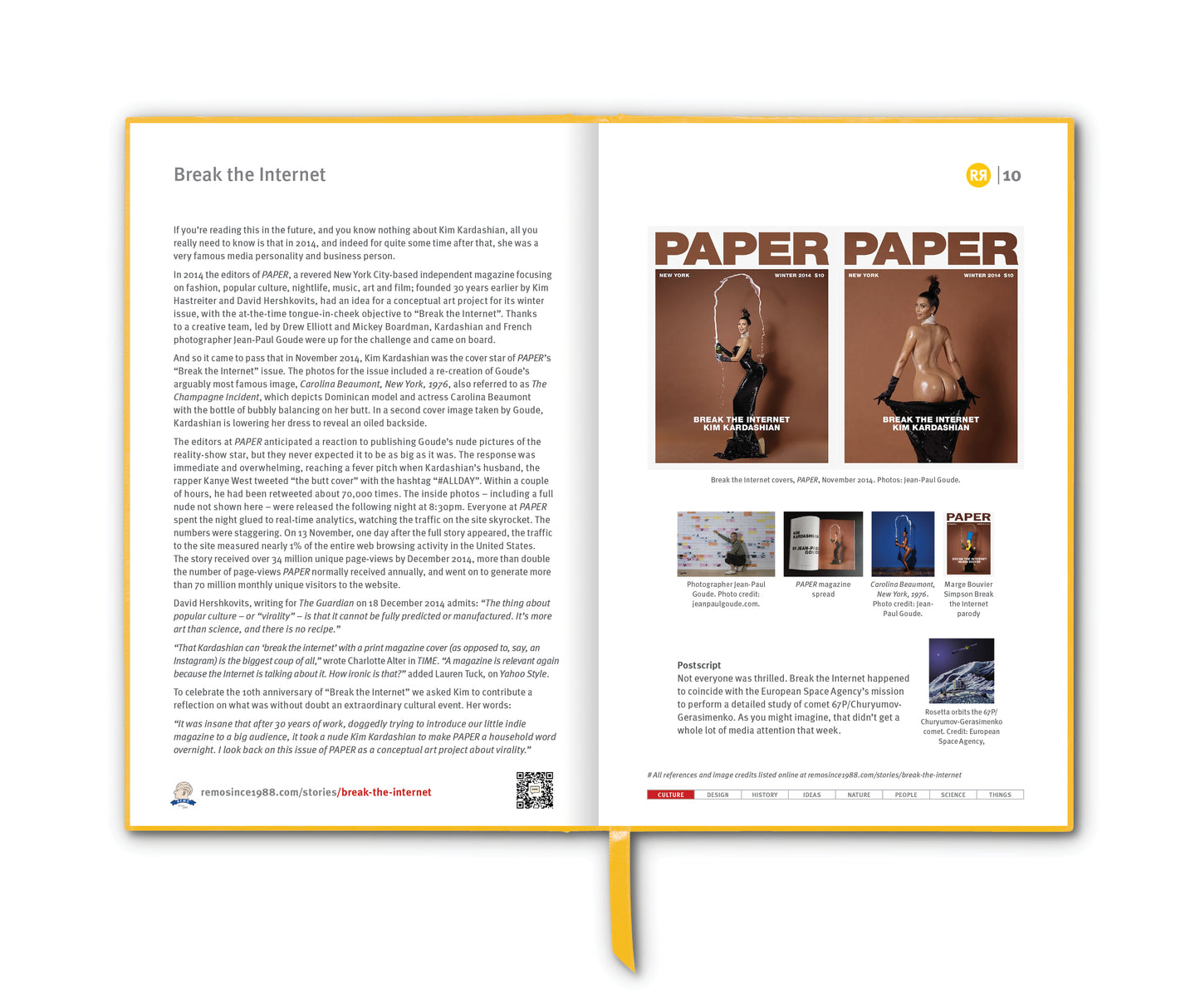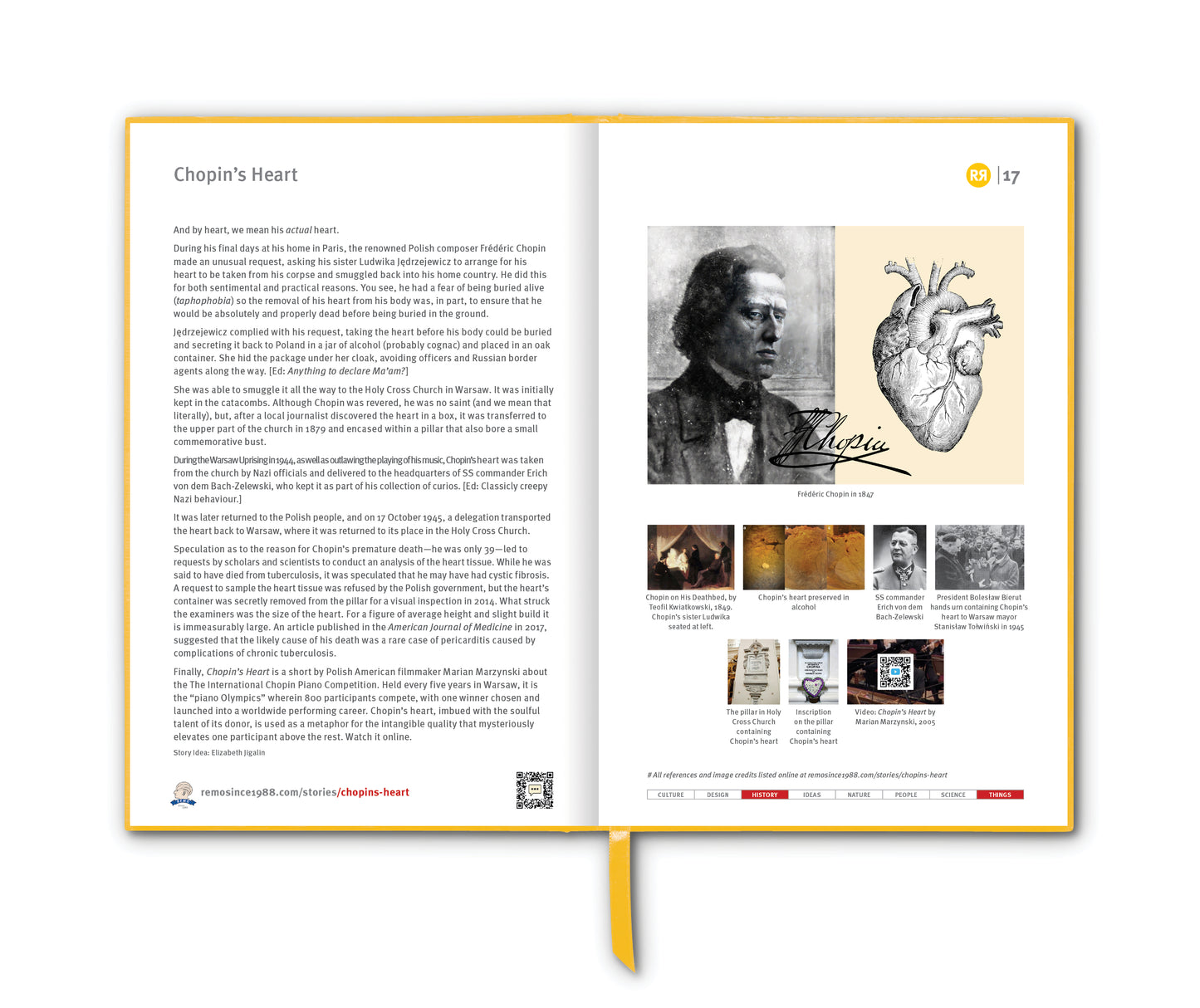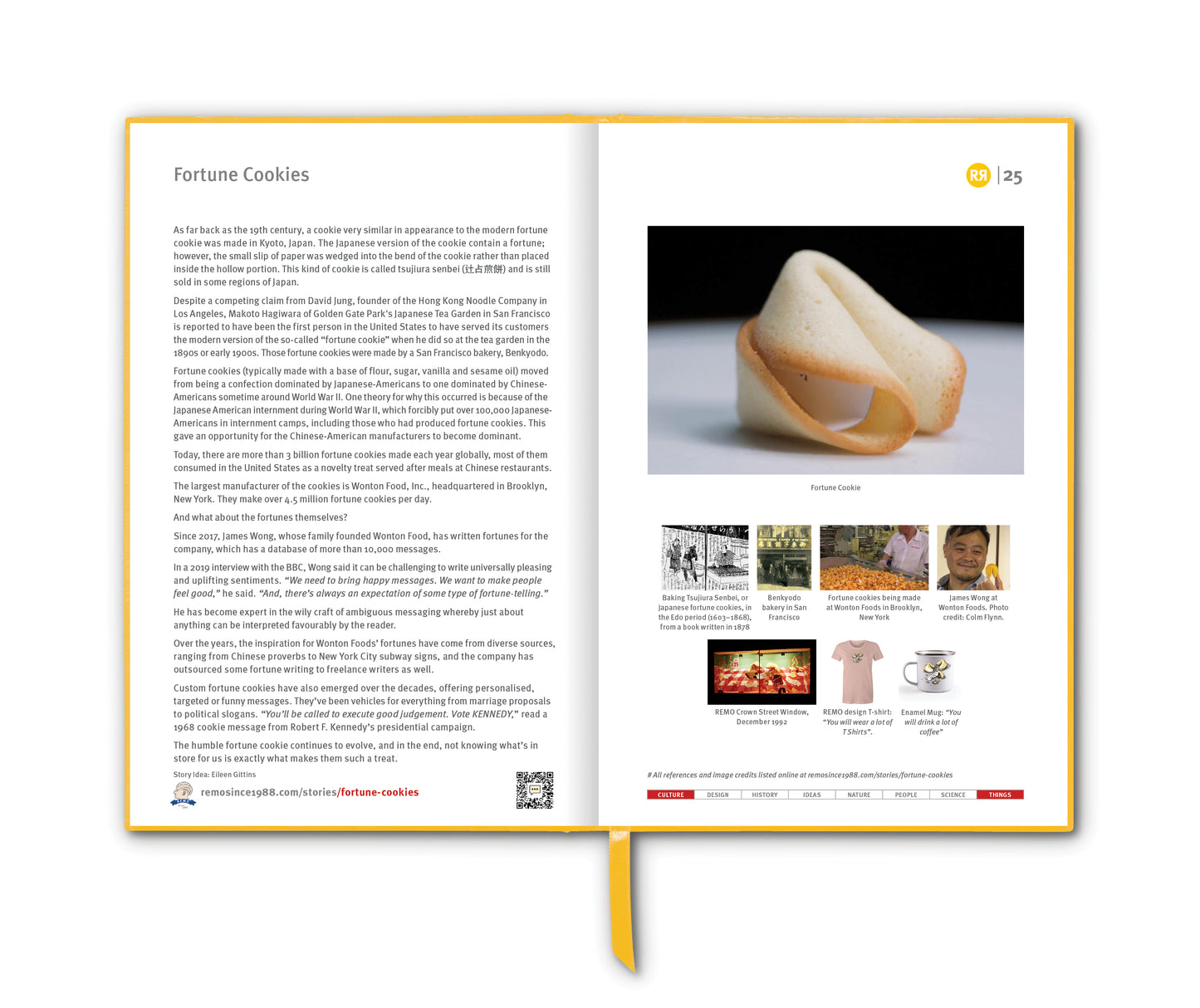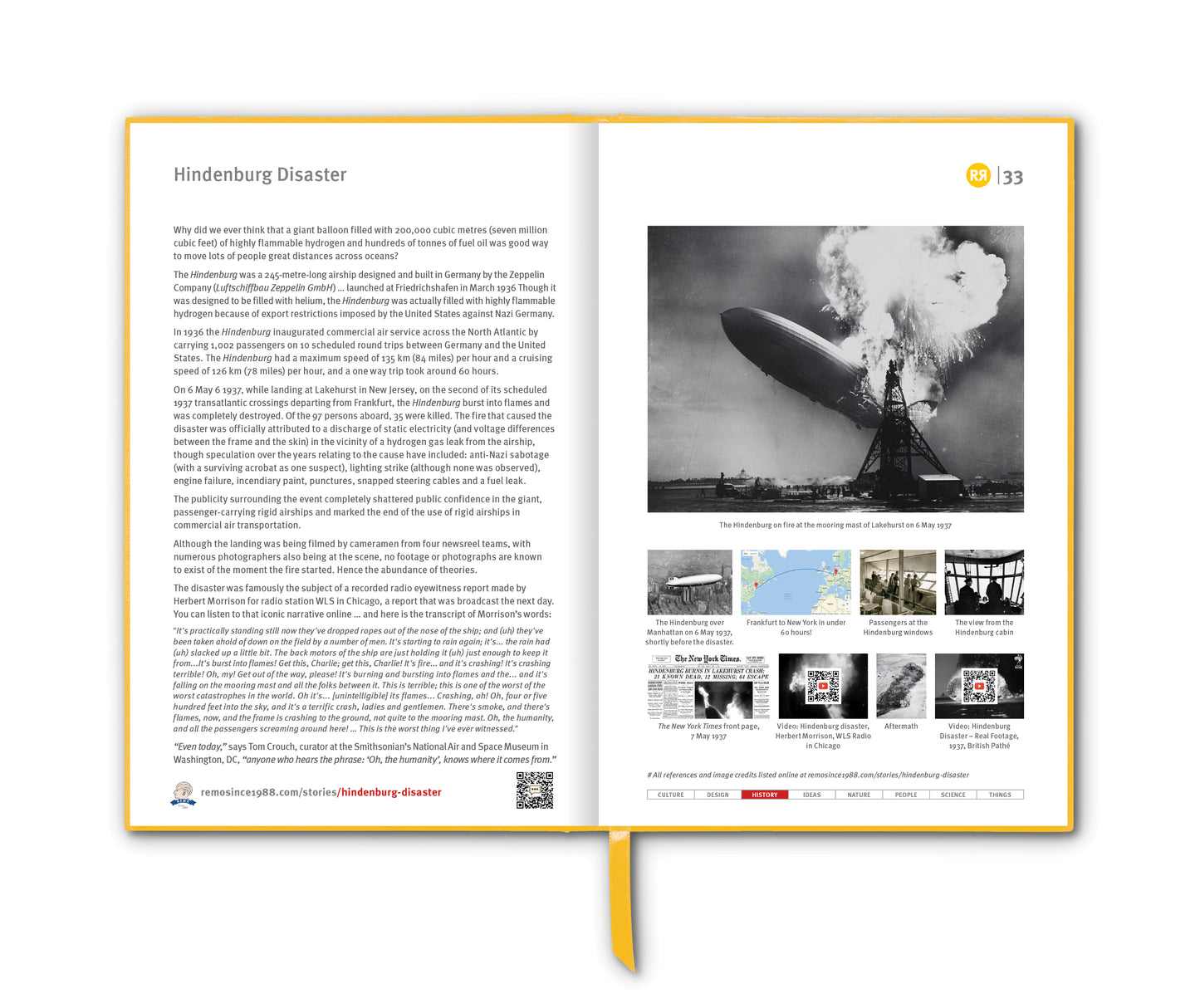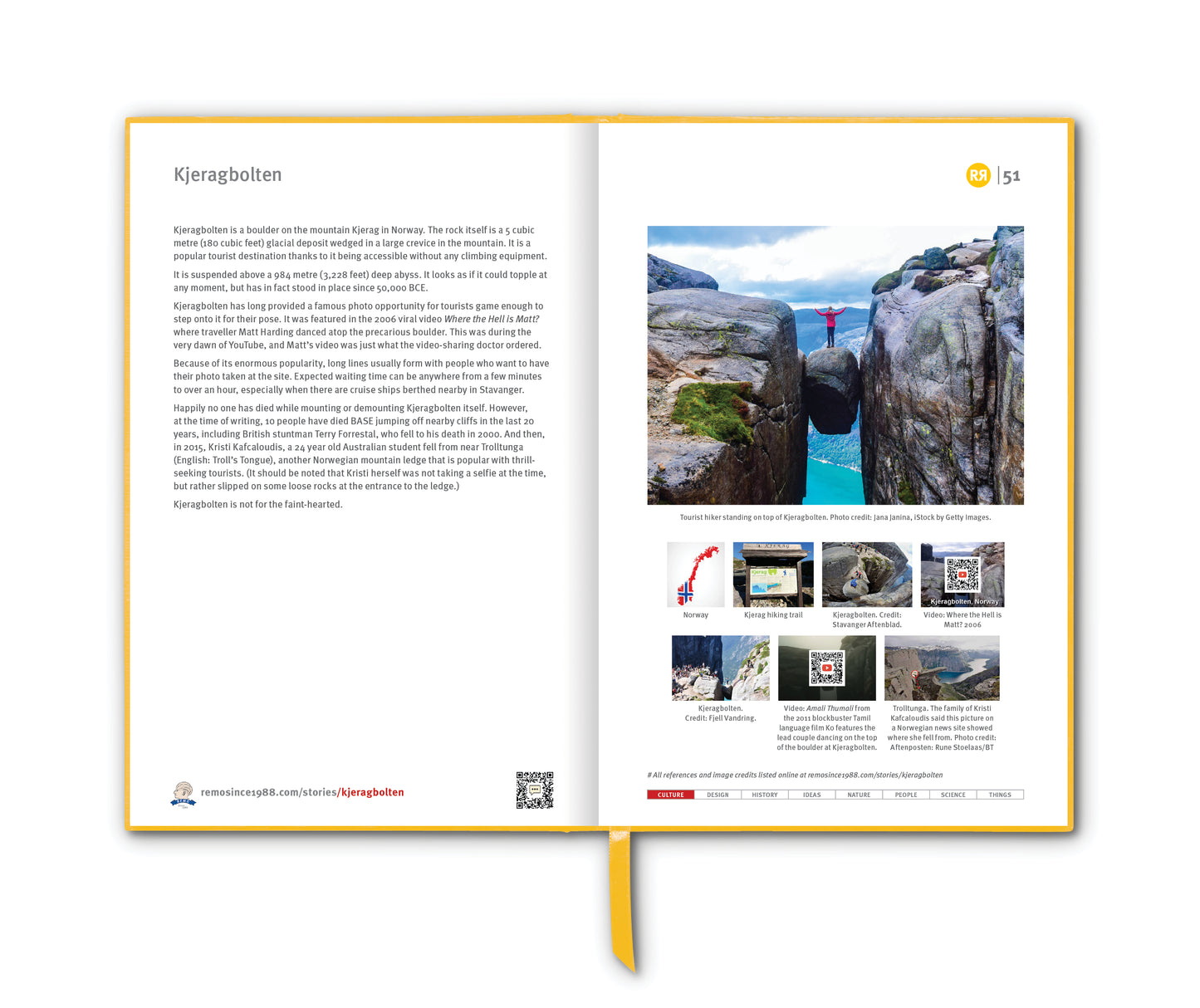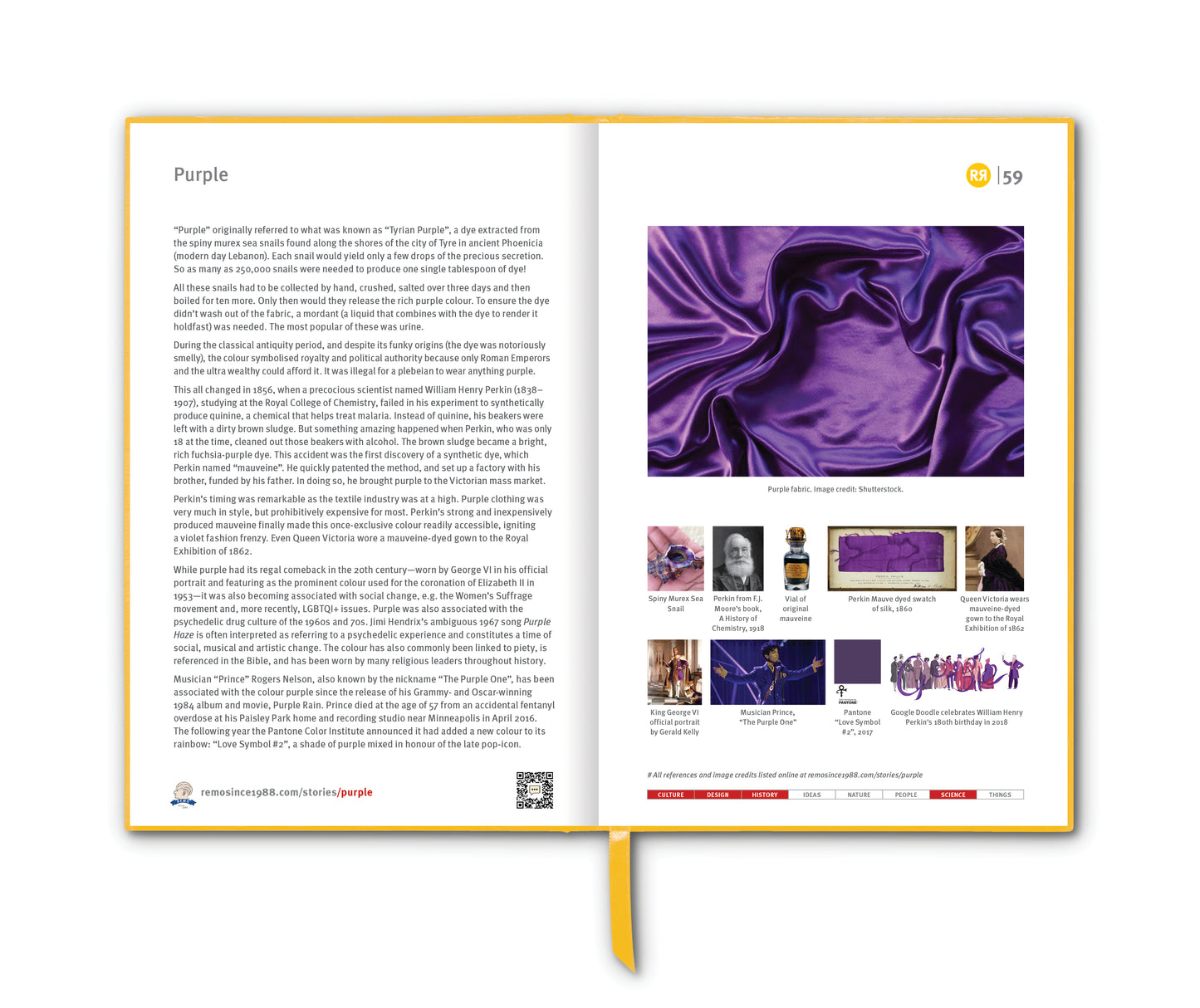A Language Designed to Change the World
There are over 7,000 languages in use throughout the world today. Some are long-standing and national, and some are more widely spoken than others. Some are fictional. (Sorry to have to be the one to tell you this, but no one really speaks Klingon (Star Trek) or Quenya (Lord of the Rings).)
And then there’s one language was invented to try to change the world.
Esperanto, the most famous international auxiliary language that has ever existed, is a language created on purpose, with purpose … designed to bring the world together and make it more tolerant and free from war. Rather than replace a language, an auxiliary language is meant to bridge the gap between two different tongues and facilitate better conversation. It’s a reverse Babel.
Esperanto was the result of a dream and an extraordinary solo effort by Polish medical doctor Ludwik Lejzer Zamenhof; who implausibly spoke Russian, Polish, Yiddish, German, English, Spanish, Lithuanian, Italian, French, Hebrew, Latin, Aramic and Volapük (a constructed German language). Despite these thirteen linguistic accomplishments he felt a compelling calling to invent another one … Esperanto.
The word means “hopeful”, and got its name from Zamenhof’s literary pseudonym, Doktoro Esperanto. Using this name he wrote Unua Libro, released in 1887. It translates to mean “Doctor Hopeful’s First Book”, and explains the language and his hopes for it.
Esperanto has only 920 root words and 16 simple grammatical rules, yet enabling it to form tens of thousands of words. Its roots are Latin, with influences from Russian, Polish, English and German. This structure is supposed to make it easier and faster to learn than any other language. Looking at it in this simplistic, idealistic way makes it feel like it couldn’t do anything but prosper. Which it did for a while in Europe and North America, and in particular in a tiny Belgian-Prussian condominium called Neutral Moresnet, where it was declared the official language.
Then it all fell apart. World War II happened, Adolf Hitler condemned Esperanto in Mein Kampf (as if you needed another reason to abhor the man) and Amijeko (the Esperanto name for Neutral Moresnet) was annexed by Belgium. By the end of the World War II Esperanto had almost completely disappeared.
But out of the wreckage emerged the loyalists, estimated to now number over 2 million throughout the world. In fact, around 2,000 speak it as their first language.
Today if you speak Esperanto, you’re an “Esperantist”. You’re also most likely a member of the Esperanto reddit thread and an attendee of the “Universala Kongreso” (World Esperanto Congress), held every year since 1905. So while it may not have world-dominating status, it is most definitely a world-changing idea and close-knit community.
The Internet has actually been a boon to Esperanto’s popularity, with speakers communicating through social networks such as Facebook, Twitter, and YouTube. Major websites such as Google and Wikipedia are available in the language; and more than a million people have taken the Esperanto course on the popular language-learning site Duolingo since it was made available in 2015.
So finally, if you want to learn Esperanto, try Duolingo for just five minutes a day, but if you want to hear it in action (sort of), check out the B grade 1966 horror film Incubus, starring a pre-Star Trek William Shatner, filmed entirely in Esperanto (for whatever reason) … possibly to evoke a sense of eerie other worldliness.
Tio estas ĉio por nun. Havu bonan tagon!
____________________________
Esperanto exists in printed form as chapter 22 of RR#1 … available to order HERE
____________________________
References
wikipedia.org/wiki/Esperanto
babbel.com/en/magazine/how-many-people-speak-esperanto-and-where-is-it-spoken
reddit.com/r/Esperanto
Images
1. Esperanto Flag
2. Ludwik Lejzer Zamenhof. Portrait c. 1895.
3. Esperanto Influences
4. Esperanto World
5. Esperanto Food & Drink Words
6. Incubus Trailer
